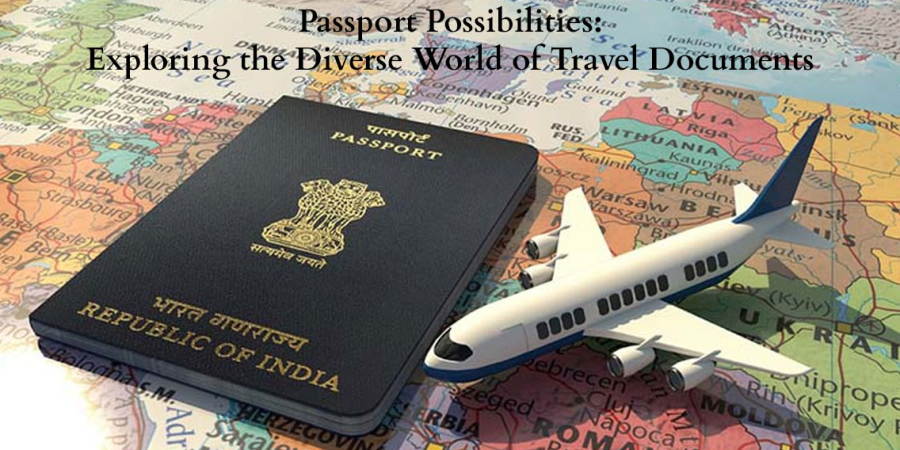

Absolutely, let's break down the different types of passports in simple language through bullet points:
1. Regular Passport :
The most common type issued by governments. Used for general travel purposes like vacations, business trips, or visiting family. Typically valid for 5 to 10 years, depending on the issuing country. Contains personal information like name, date of birth, and a photo.
2. Diplomatic Passport :
Issued to diplomats and government officials traveling on official business. Grants privileges and immunities, such as expedited processing at border checkpoints. Often recognizable by its distinctive red cover or special insignia.
3. Official Passport :
Given to government employees traveling for official duties, excluding diplomatic missions. Provides similar privileges to diplomatic passports but to a lesser extent. Commonly used by civil servants, military personnel, and government contractors.
4. Service Passport :
Issued to individuals delivering essential services abroad, such as humanitarian workers or members of international organizations. Facilitates travel for humanitarian missions, peacekeeping operations, or technical assistance projects.
5. Emergency Passport :
Provided to citizens who have lost their regular passport or had it stolen while abroad. Allows temporary travel back to their home country or continued journey until a replacement passport is obtained. Typically valid for a limited period, usually 30 to 90 days.
6. Temporary Passport :
Issued in urgent situations when a citizen needs to travel but cannot obtain a regular passport in time. Often used for urgent business trips, medical emergencies, or unforeseen family circumstances. Valid for a short period, usually 1 to 6 months, and may have restricted use.
7. Biometric Passport :
Incorporates biometric technology like fingerprints or iris scans to enhance security. Contains a microchip embedded with the holder's biometric data and personal information. Increasingly common as governments upgrade passport systems for better security.
8. E-Passport (Electronic Passport) :
Similar to biometric passports but includes a digital chip with passport holder's information. Speeds up processing at border controls through automated e-passport gates. Enhances security and reduces the risk of passport fraud.
9. Family Passport :
Issued to families traveling together, especially parents with young children. Contains information for multiple family members, simplifying travel logistics. Facilitates border crossings and immigration procedures for families on vacation or relocation.
10. Visa-Free Passport :
Issued by countries with strong diplomatic relations and agreements with others. Grants citizens the privilege to travel to certain countries without needing a visa. Associated with nations having high economic development and political stability.
Conclusion :
Passports come in various types to cater to different travel needs and circumstances, ranging from regular passports for general travel to specialized passports for diplomatic missions, emergencies, or family travels. Each type serves its purpose, ensuring safe and hassle-free journeys for travelers around the world.


